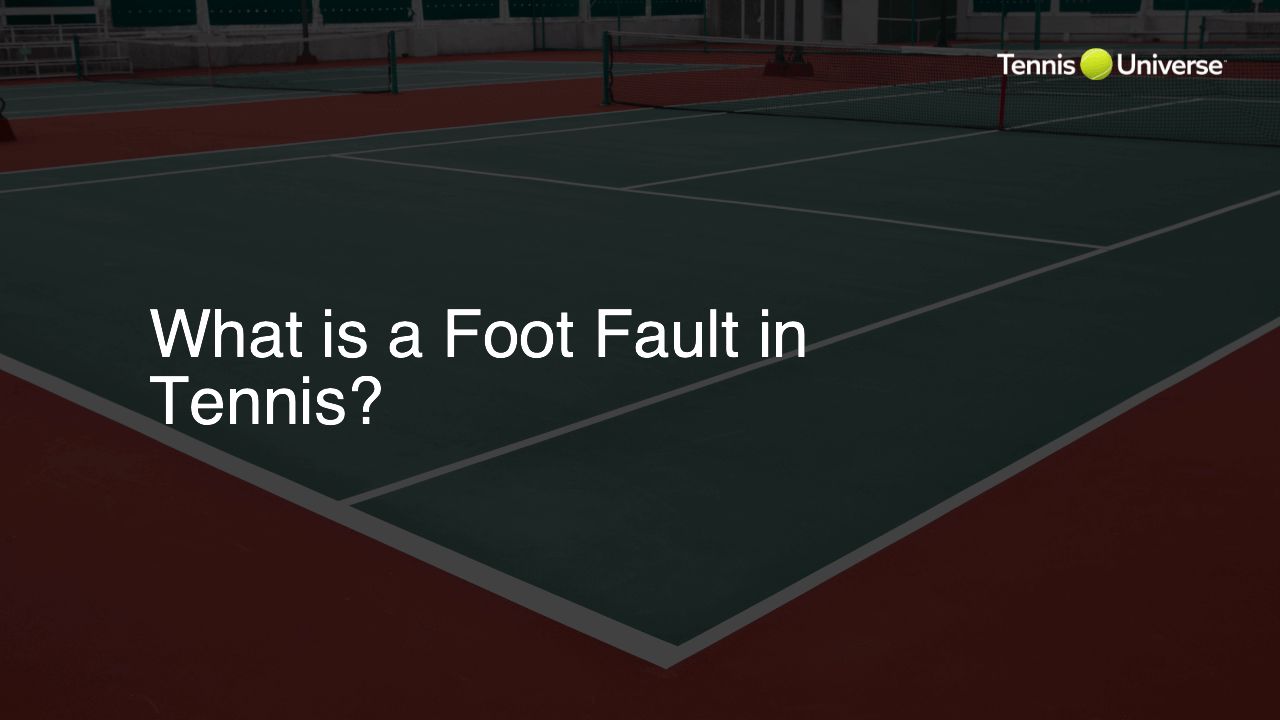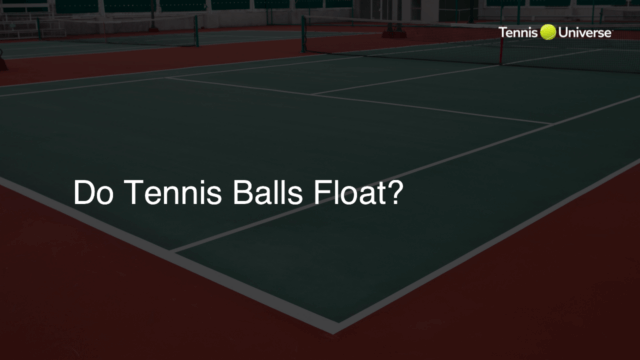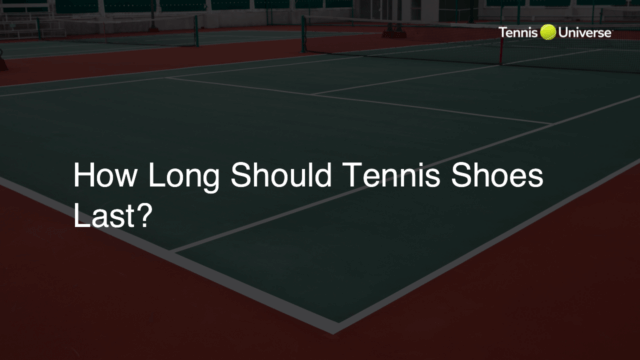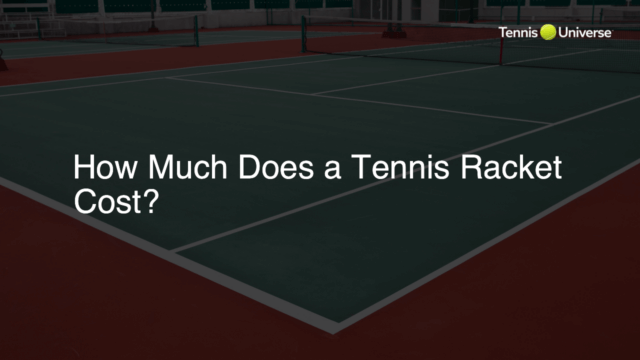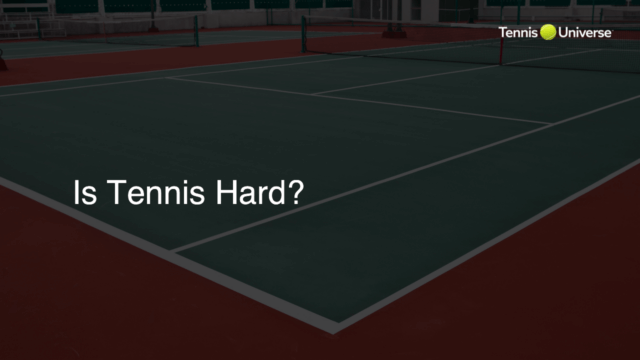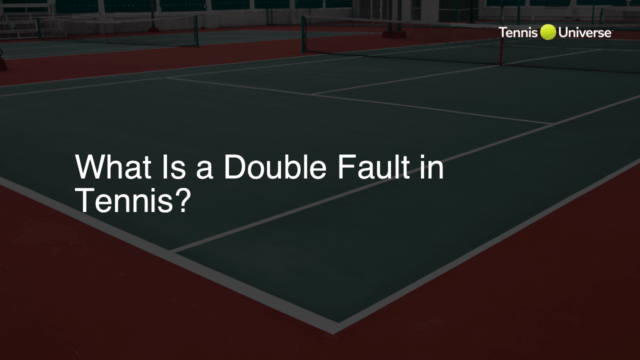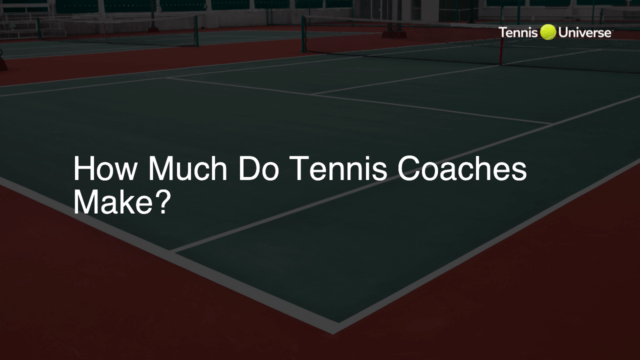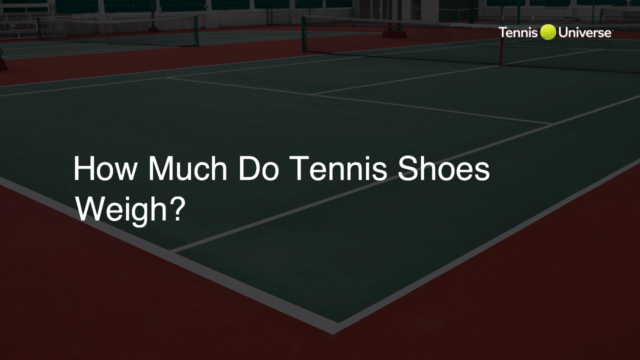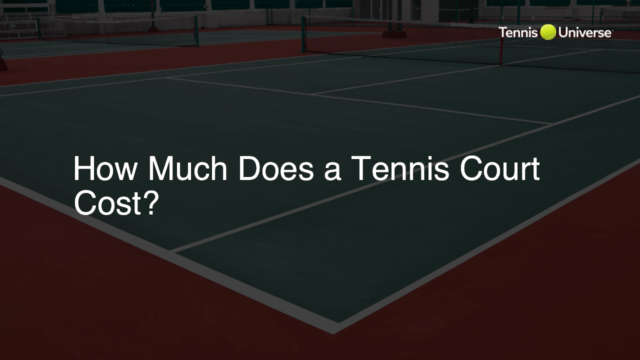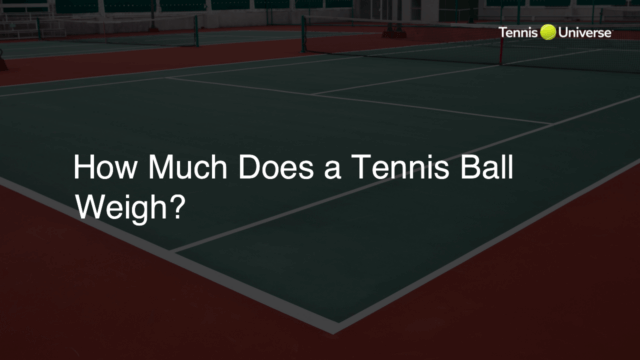A foot fault in tennis occurs when a player violates rules regarding foot placement during the service motion. This includes touching the baseline, stepping on or over the line before the racquet strikes the ball, or invading the adjacent court. Foot faults result in a fault call, and two consecutive faults lead to a lost service point.
Understanding the Foot Fault Rule
In tennis, the service motion is crucial, and players must abide by specific regulations to avoid penalties. A foot fault occurs when these rules are violated, most commonly involving incorrect foot placement or movement around the baseline. It is essential to understand these regulations to maintain a fair game and avoid point deductions.
Foot Placement at the Baseline
According to the International Tennis Federation (ITF) rules, the server must stand behind the baseline with both feet during the entire service motion. Any instance of a foot touching the baseline or its imaginary extension before the tennis racket strikes the ball is considered a foot fault. This rule aims to prevent players from gaining an unfair advantage or entering the opponent’s court prematurely.
Crossing the Centerline and Court Invasion
In addition to maintaining proper distance from the baseline, players must also avoid crossing the center mark located at the center of the court. Stepping on or past this line during the service motion would constitute a foot fault.
Another aspect of the foot fault rule involves not invading the adjacent court when playing on a court with multiple playing areas. Invading occurs when a player’s feet cross the imaginary sideline extension on either side during the service motion, potentially disrupting the adjacent court players.
Consequences of a Foot Fault
When a foot fault is called by the umpire or line judge, the server receives a fault. Similar to a regular service fault caused by a ball landing outside the service box, if the server commits two consecutive faults, it results in a lost service point.
How to Avoid Foot Faults in Tennis
With practice and proper technique, players can avoid foot faults and enhance their service motion. A few helpful tips include:
- Maintaining awareness of positioning relative to the baseline and center mark
- Practicing good serving technique
- Focusing on your foot movement and position during practice serves
- Asking your tennis coach or partner to watch your feet during practice
By identifying and addressing foot fault issues during practice, players can improve their serving efficiency and play a fair game of tennis.
Common Foot Fault Triggers
Identifying common mistakes can aid players in avoiding foot faults. Some of the triggers that can lead to foot faults include:
- Rushing the service motion, causing uncontrolled or unexpected foot movement
- Misalignment of body positioning relative to the baseline
- Attempting to gain extra momentum by moving too close to the net
- Overlooking or misjudging the imaginary extension lines of the court
Being conscious of these triggers and working on them during practice sessions can help minimize foot fault occurrences during matches.
Tennis Tips for Developing a Consistent Serve
While avoiding foot faults is essential, players should also work on improving their overall serving technique. Some helpful tennis tips for a consistent and powerful serve include:
- Maintaining a balanced stance and stable base throughout the service motion
- Properly gripping the tennis racket using the appropriate serve grip, such as the continental grip
- Executing a correct ball toss, placing it in the ideal contact zone to generate power and control
- Employing a smooth kinetic chain that begins with the legs and transfers energy up through the trunk and arm, culminating in the racket’s impact with the ball
- Following through smoothly after striking the ball, ensuring proper wrist and arm action
Foot Fault Calls During Professional Matches
Foot faults are not limited to amateur players; they can occur among professionals as well. In Grand Slam tournaments and other significant events, line judges and chair umpires closely monitor players’ feet during serves and call foot faults when necessary.
Although less common at the professional level, foot faults can raise controversies and contribute to crucial points won or lost during a match. This further emphasizes the importance of proper foot positioning during the service motion and the impact it can have on the overall outcome of a tennis match.
Frequently Asked Questions (FAQ) About Foot Faults in Tennis
Here are some frequently asked questions and concise answers about foot faults in tennis to help you better understand this aspect of the game.
Can a foot fault be called on a second serve?
Yes, a foot fault can be called on a second serve, just as it can on a first serve. If a player receives a foot fault call on both serves consecutively, they lose that service point.
How do I practice serving without foot faults?
Practice proper foot positioning and serving technique by paying attention to your stance relative to the baseline and center mark. You can also ask your tennis coach or partner to observe your feet during practice and provide feedback for improvement.
Why do foot faults matter in tennis?
Foot faults matter because they ensure a fair game and prevent players from gaining an unfair advantage over their opponents. Enforcing these rules maintains consistency and integrity in match outcomes.
What happens if there is a disagreement about a foot fault call?
In professional matches, players can challenge a foot fault call using the available review system. In amateur matches, respectful dialogue with the umpire, line judge, or opponent is encouraged to resolve the dispute.
Do foot fault rules apply to both singles and doubles matches?
Yes, foot fault rules apply to both singles and doubles matches, as they pertain to proper foot placement and movement during the service motion, regardless of the number of players on the court.

